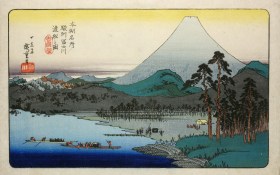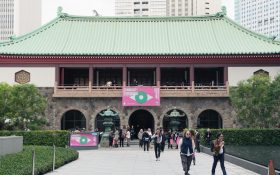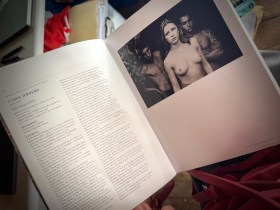The real way most art travels – by hand – carried by the artist or dealer.
As Australian collectors and dealers return from Art Basel Hong Kong or head off to the Venice Biennale for Vernissage in May, there is considerable momentum in Australia’s global market. Many galleries and artists sold well in Hong Kong and the largest number of Australian artists ever will be be presented in Venice this year.
Does this demonstrate a shift? Art Month tackled the topic as part of its series of talks this month. Collecting in the global context is a curious extension for Art Month, which was established in 2010 to help bolster local collecting.
It was a fiery discussion with both love and scorn for art fairs and biennales, inter-changeable. How does one keep up? And how does one navigate their practice and profession in Australia within that ever-changing pace of events abroad, stimulated by cheap travel and a growing middle and elite class. Can Australians find their place as international collecting is on the rise?

(L-R): Evan Hughes, Lisa Corsi, Michael Reid, Dr. Dick Quan, Alex Seton and Elizabeth Ann Macgregor; photo ArtsHub
Collector Dr. Dick Quan believes so. He said: ‘I think it (collecting) has always been international, but maybe not at the velocity and volume it is done now. It was more elite in those early days. Now anyone can travel to see and buy art.’
Quan’s views clashed on several occasions with the young dealer Evan Hughes who openly held a distaste for the slick aesthetic of art fairs. ‘We don’t do art fairs,’ Hughes said flatly. ‘We want to focus on exhibitions. I produce books, but most important is to pay the wages of my staff and keep the space open.’
‘I can’t think of a single artist who could afford to go to three art fairs and a biennale or two. Maybe it’s a bit glib to say these things are playgrounds of the rich, but it is completely that.’
The panel moved between discussion of who attended these events and how they were defined by what they showed – or perhaps more appropriately – how they defined what was showed. What seemed to be agreed is that we were facing a multi-headed beast that was wildly out of control. Do we take it on or side-step it and see what lies beyond it?
Chair Lisa Corsi said in 1970 there were only three art fairs – Cologne, Basel and Brussels – but by 2011 there were 189 art fairs. ‘And that doesn’t include the 100 biennales that exit as well,’ she added.
Quan is testament that collecting art has become an increasingly international activity, and with more collectors than ever heading to Art Basel HK earlier this month, Australia has joined the emergence of the trans-national collections.
Quan raised the point that while a lot of people might criticise art fairs for their social function and Instagram-snapping opportunities, they have also raised the quality of art. ‘Mediocre artists have no where to hide. It lifts the game of everything – the standard just go up and up as the popularity of these fairs increases,’ he believed.
Hughes felt that fairs also bread another quality in collectors and artists: ‘I think people are a lot lazier than they were before, and an art fair is an easy one-stop-shop for people from Point Piper (Sydney) to hang out together asking each other how big is your art fair spend.’
Hughes also noted that the location of certain European fair have a convenient logic to them for collectors, alluding to the fact that Hong Kong and other fairs in Asia are starting to address like regional markets.
Director of the Museum of Contemporary Art Australia (MCA), Elizabeth Ann Macgregor added the point: ‘To think that it is a good thing this rising wave of new collectors are getting their information (solely) from art fairs is very problematic because they are a very one-dimensional view of what art is, and it excludes enormous amounts of work that is challenging and political that is about the history of ideas, which for me is what art is about – not consumption.’
She continued: ‘This is the problem of art fairs – it is about consumption and not about engagement, and what the great museums around the world do is that they just don’t get people through the door but through their curators, education and public programs build on that experience. And that is a very different thing going to an art fair where, frankly, I think buying art is a bit like buying a handbag – it is another accessory.’
Quan jumped in: ‘I think it is the yin and yang. While art fairs are very commercial, in this Art Basel HK the Encounters section by Alexie Glass-Kantor was one of the best iterations, showing good curated work that was not of a commercial scale. So I can’t see the sense of dismissing art fairs as all bad and commercial, and biennales as all good and not commercial.
‘I collect at biennales. Don’t tell there are no gallerists hanging around the work to sell it to you!’ Quan added.
Corsi made that point that art fairs and biennales are increasingly aware of a global calendar where the schedule and piggy-backing on events is key to maximizing the curator/collector caravan. A point in fact was the recent move of Art Basel HK from May to March to better accommodate this niche audience.
Macgregor made a more startling point that landed a wallop in the room. Rather than the choreographed dance between the art fair and the biennale she said the more problematic issue we are facing is, ‘that galleries now saying no one comes to our gallery now because they are waiting for the art fair.’
She added: ‘Commercial galleries play a very important role in curating shows – you will see an often, and in depth view, of an artists work at a particular time. The chances are you go to an art fair, you might see one or two works.’
That we are not creating better emphasis on those curated monthly shows is doing Australian artists a disservice.
‘I think we need to stand up and argue for the importance of the profession of curators,’ said Macgregor, fearing that this new generation of collectors considers they are “curating” and have knowing as contemporary “taste-makers”.
Nina Miall, an Australian who has worked off-shore and runs a commercial gallery now in Singapore, was in the audience. She probed the panel on a more challenging observation:
‘I want to go back to the question why Australian art hasn’t travelled more widely. As someone who spent most of my professional life in a big gallery overseas where, for the majority of our artists, had 2-3-4 galleries globally and we were obligated to work very collaboratively with those galleries for the benefit of the artist and their career.
‘One of the things that has astonished me returning to Australia is the defensive and territorial attitude of Australian galleries… I think the attitude of Australian galleries has to change and build more strategic relationships.’
And while it wasn’t vocalised by the panel, that is one of the primary advantages of an art fair is to make those contacts and build those relationships.
‘It is only then that we will have a generally mature market,’ concluded Miall.
‘I so agree with you,’ said Michael Reid, who was a quieter voice on the panel but a valid contribution to this conversation given that he is successfully navigating the international terrain for our Australian artists, with a gallery in Berlin and soon to open one in New York.
‘I don’t put all the eggs in one basket. I personally don’t like going to art fairs. We will do Paris Photo, London Photo, have two booths in Sydney Contemporary. I now focus on doing shows in small and interesting places. I believe in the longer slower burn,’ said Reid, who added that a European market moves much more slowly and is more considered.
‘The future is a combination for me is small spaces in very strategic cities and markets, and a few very strategic fairs.’
While “the internet” and social media was a regular visitor in this conversation, those comments largely fell in the realm of perils of dumbing-down an engagement with art rather than a democratization that it offered both from a perspective access and economics.
Alex Seton did comment, however, how several artists he knew had entirely brokered their own careers through the internet, selling and linking up to curators and alien institutions. ‘It is very empowering.’
He added that art fairs had dealt him opportunities. ‘I wouldn’t be having a show in Paris this year – a gallery approached me in 2012 at Art HK… It is not that I didn’t have collectors here before, but the recognition outside the county and coming back, there was definitely a stronger uptake and interest in the work…Now I get inquires every other day of the week.’
Seton added: ‘Australia does really great contemporary art and in response to what Michael was saying – we get to go overseas and show it. The second question I get asked all the time is, “What else is going on in Australia?”’
Quan echoed Seton’s comments with the example of Ben Quilty who had a successful show with Pearl Lam gallery in January, a Hong Kong gallery reaching out to building relationship with Australia.
Reid concluded: ‘What I see coming quickly here is the overseas art world. Just as we travel and reach out, it is coming here, because we are a rich first, world country that has done very well in a world recession. So it wont be long before the major galleries are working here and, when they do, it will have a profound impact on a lot of artists.
‘What I am concerned about is get the best of what we do outside. I deal in Germany every day of the week – unless we go outside and become global in what we do, we are going to be swamped by that global world.’
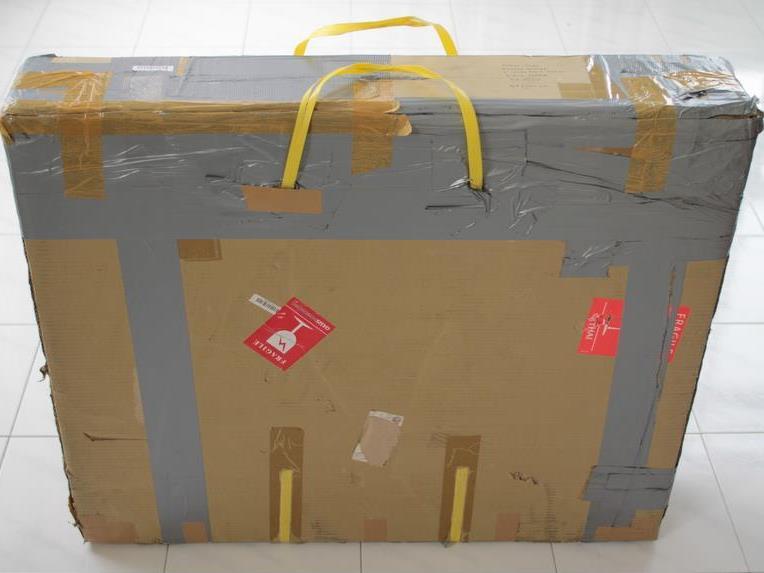
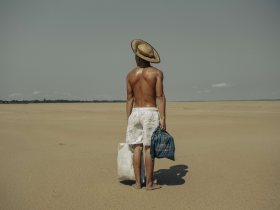
_Encounters-in-Reflection_Gallery3BPhoto-by-Anpis-Wang-e1745414770771.jpg?w=280)
